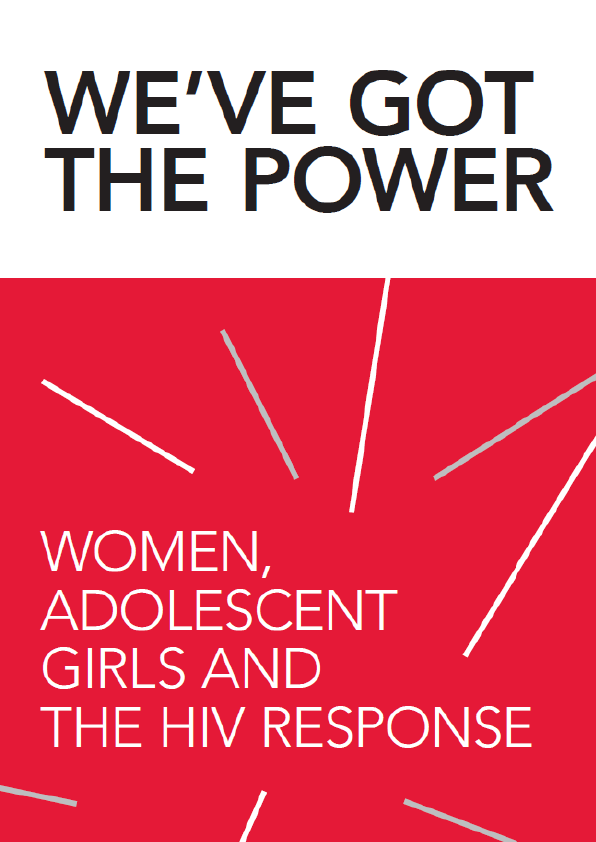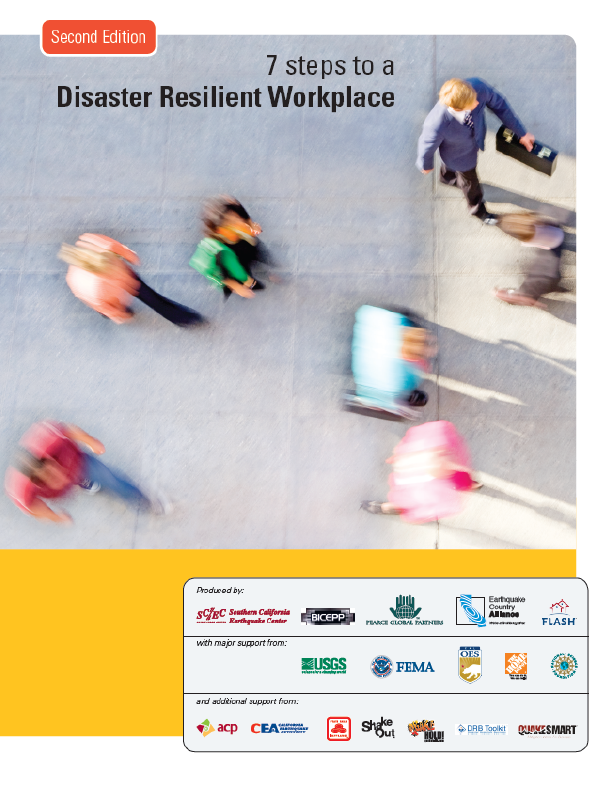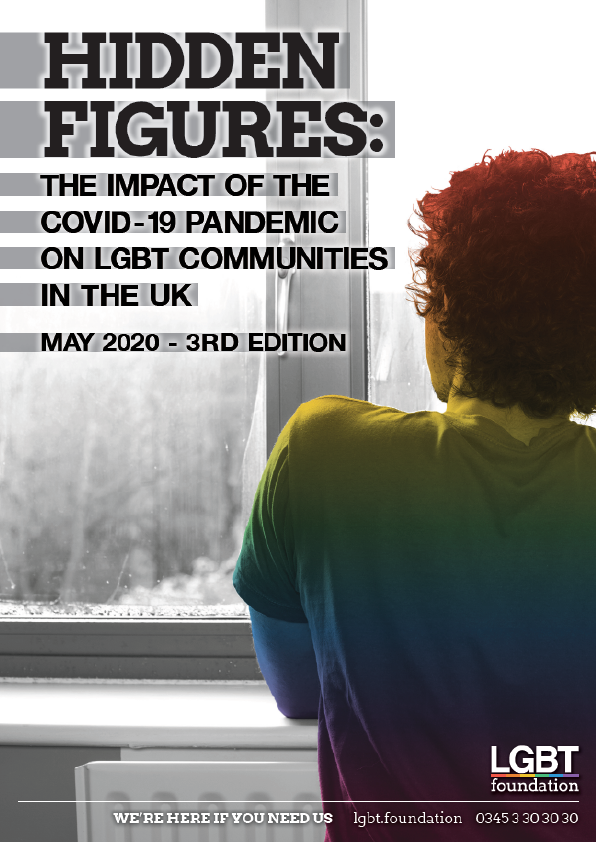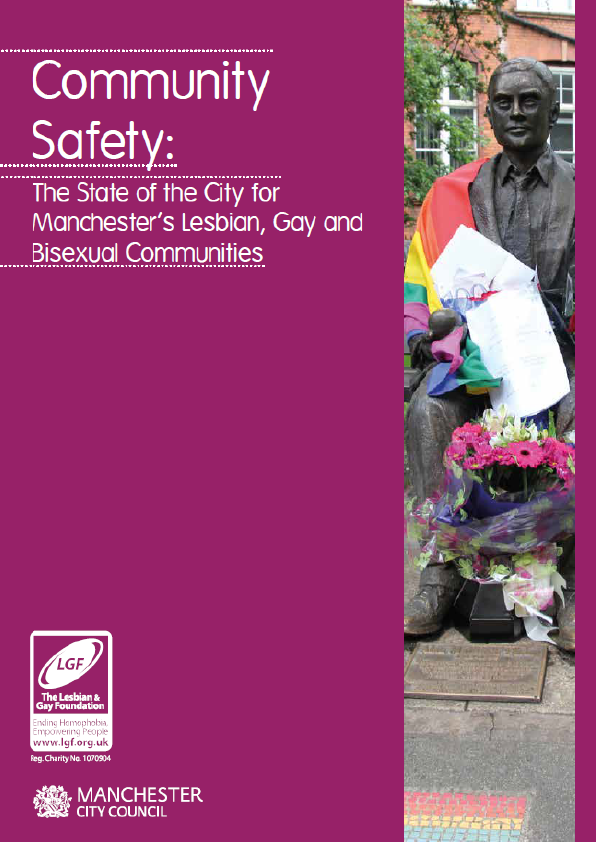The framework for action for male engagement in HIV testing, treatment and prevention in eastern and southern Africa provides a foundation for country-led movement to achieve the globally agreed HIV goals in the Global AIDS Strategy 2021–2026 and work towards achieving gender equality (17). Integral to achieving these targets is successfully reducing new HIV infections and AIDSrelated deaths among men and boys and decreasing HIV-related vulnerability. The framework categorizes existing research and best practice, outlining the necessary building blocks for planning, implementing and monitoring improvement in the HIV response among men and boys within a broader gender equality framework.
The framework outlines effective strategies in two overarching areas:
- Structural enablers: these support universal health coverage and HIV-specific goals. Specific prevention, testing, treatment and adherence strategies rely on these broader strategies. They are also essential for engaging men and boys in the health sector more generally. Strategies include transforming social, economic, legal and policy structures; addressing supply- and demand-side factors; and transforming gender norms. For any of these interventions to be effective, a comprehensive and multifaceted response at scale is required.
- HIV-specific programmatic strategies: these include interventions across the HIV continuum, such as prevention, testing, treatment, care and support. They happen through a differentiated care approach within health facilities and the community.











